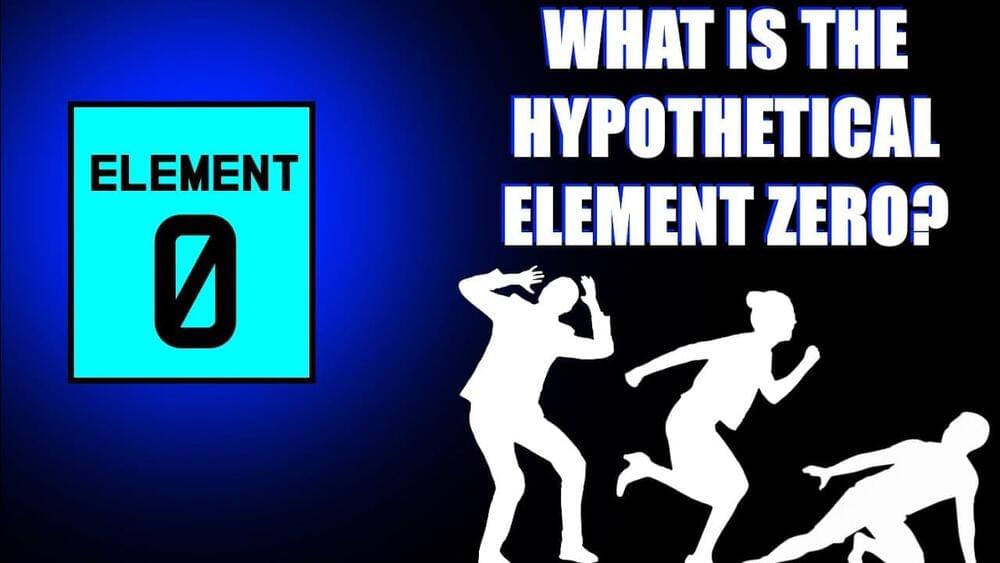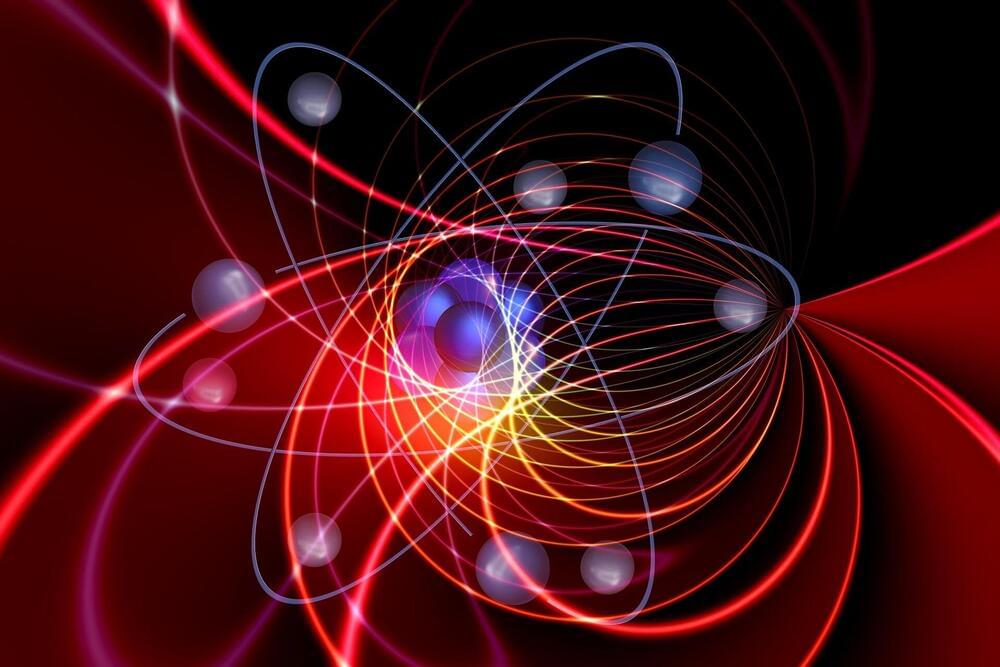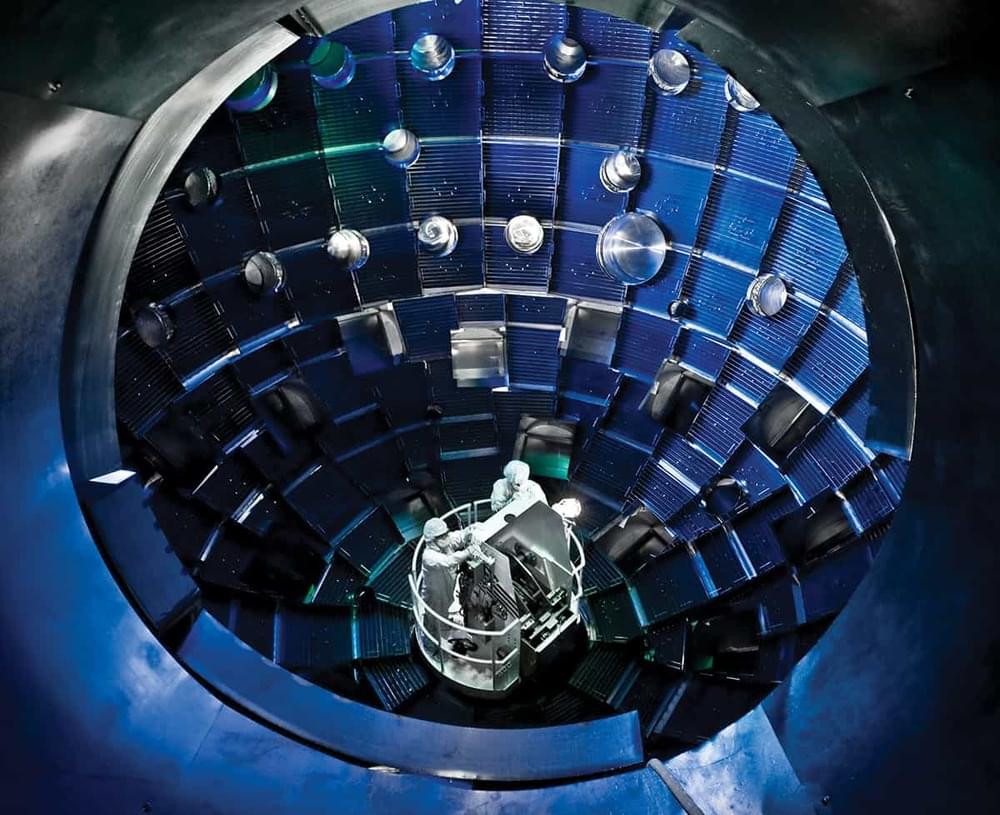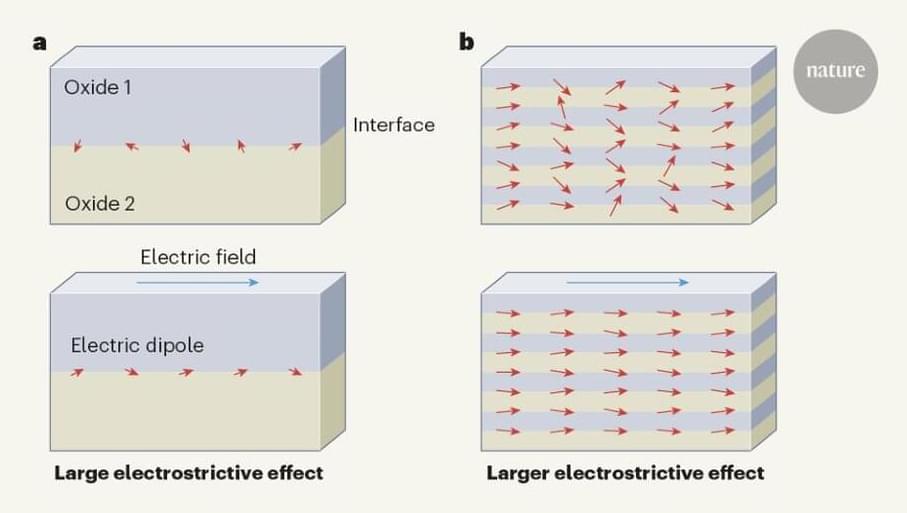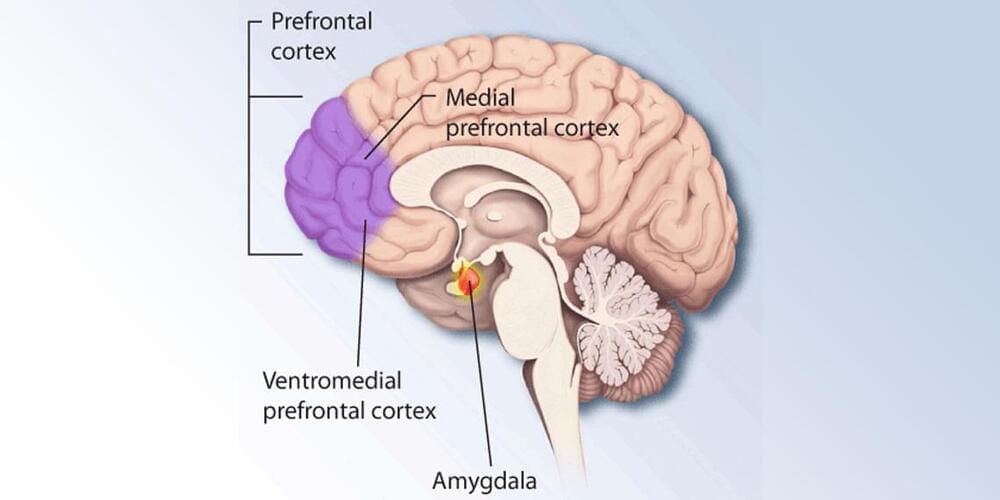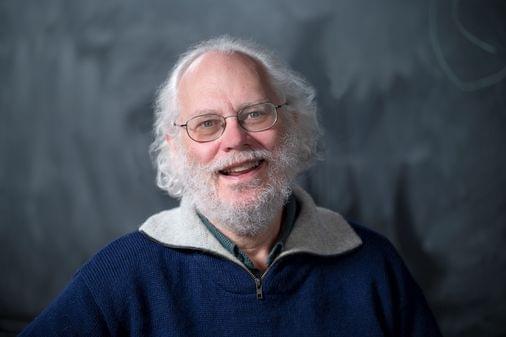Sep 24, 2022
The Doomsday Explosive! (The Neutronium Bomb)
Posted by Dan Breeden in categories: existential risks, particle physics
Neutronium was the material used in the hull of the doomsday machine in Star Trek.
Now I’m not terribly sure what the mechanical properties of neutronium would be like. It certainly is very dense (about a billion tons per cm3, about the volume of the end of your little finger), but it interacts with matter only weakly. I would expect both it to be pretty inefficient at stopping both electromagnetic radiation (neutrons only have a magnetic moment), and matter.
Continue reading “The Doomsday Explosive! (The Neutronium Bomb)” »

